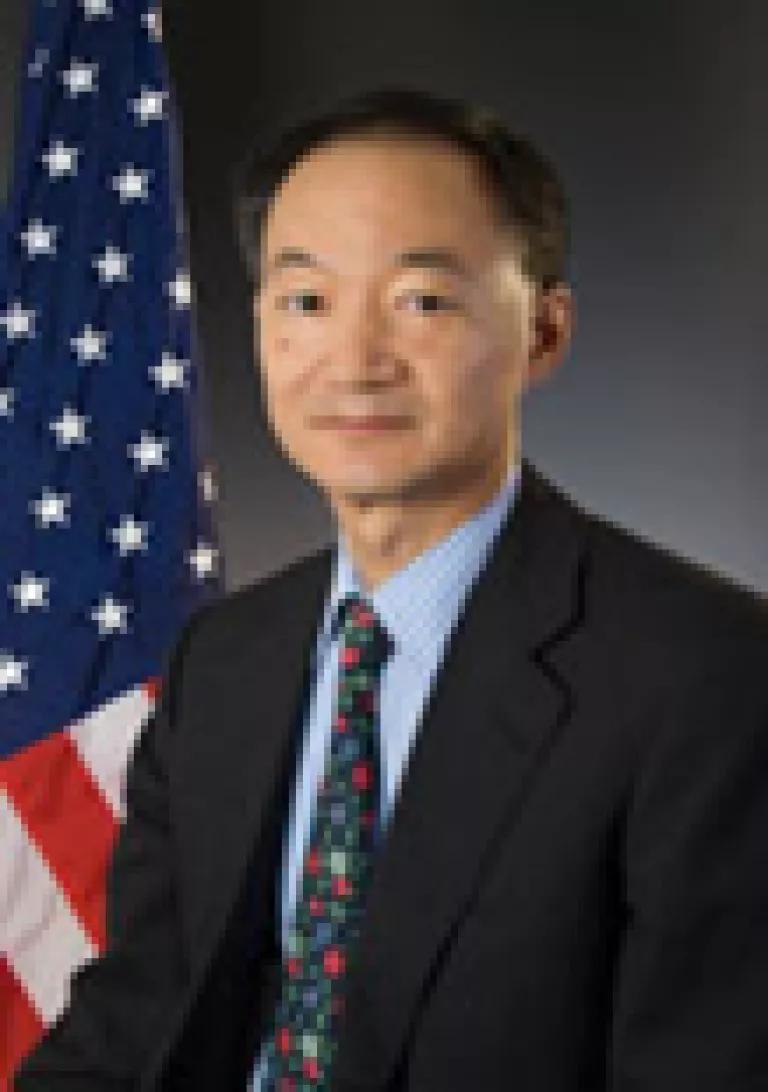
The U.S. Senate today approved President Obama’s nominations of Cheryl LaFleur and Norman Bay as commissioners of the Federal Energy Regulatory Commission (FERC), the independent federal body which oversees the high power electric grid, natural gas pipelines, and hydroelectric dam licensing. Today’s vote means FERC now has a full complement of five commissioners for the first time in nearly eight months.
For Acting Chairman LaFleur, this will be her second term; Norman Bay is currently head of FERC’s Office of Enforcement, and under a deal crafted to get the nominations passed, will assume the chairmanship—but not for nine months (more on that below).

(photos courtesy of FERC)
FERC faces a full plate of work
With both nominees now confirmed, the commission can continue to work on what is a very full plate of energy challenges. A convergence of technology advances, policy reforms, and economic pressures is dramatically changing the nation’s electric power grid, and the FERC (along with many state utility commissions), is facing a host of issues.
To name just a few: grid security and reliability (including fallout from this past winter’s Polar Vortex that strained grid resources), the evolution of power markets (especially with a major shift to renewable energy and more natural gas), and the siting of natural gas pipelines. FERC is facing more public pressure on the natural gas front, including for example last week’s protest against Dominion’s Cove Point liquefied natural gas (LNG) facility in Maryland – among its licensing duties for LNG facilities, FERC is responsible for reviewing their potential environmental impacts.

(photo courtesy of Chesapeake Climate Action Network)
Another top priority for the commission will be working with the Environmental Protection Agency (EPA) as it crafts a final rule for the seminal Clean Power Plan to curb climate-warming carbon pollution from existing coal and gas-fired power plants over the next year.
FERC should be able to tackle all of these challenges more smoothly with five commissioners on board – although the next nine months will remain a transition period as Bay waits to assume the chairmanship from LaFleur next April.
What a long, strange trip it’s been . . .
To recap the somewhat tortured history of these nominations over the last year: In May 2013, then-FERC Chairman Jon Wellinghoff announced his intention to leave office. Soon thereafter, President Obama nominated Colorado utility regulator Ron Binz to replace Wellinghoff on the commission and also to become Chairman. In the meantime he named Commissioner Cheryl LaFleur acting chairman.
Last summer the Binz nomination was caught up in a partisan firestorm – not unusual for dysfunctional Washington but strange for engulfing FERC, which usually stays out of the political heat. Following a very public battle over his nomination, Binz withdrew from consideration last fall.
This past January, the president tried again, nominating Norman Bay to fill Wellinghoff’s seat and to be chairman. Bay also faced intense scrutiny, and underwent a pretty tough Senate Energy and Natural Resources committee hearing in June. The committee ultimately approved Bay’s nomination largely along party lines, but only because the White House agreed to a side deal with Committee Chair Mary Landrieu which we understood would keep LaFleur as chair for another nine months. LaFleur’s nomination sailed through the committee with only one dissenting vote. The committee then sent both nominees to the full Senate for a vote.
About the nominees
LaFleur joined the commission in 2010, and we know her well. She is a master of electricity policy issues, and she supports the removal of unfair barriers to integrating wind and solar and energy efficiency into grid operations and markets. While we know less about Bay’s policy priorities beyond his strong enforcement background (he was a U.S. attorney in New Mexico, among other positions), we understand he is a rock of integrity with a strong public interest bent and effective leadership qualities.
PS: A brief Civics lesson . . . . The FERC consists of five commissioners, serving 5-year terms. Bay’s term, however, will be only 4 years, since his term is defined by law to start at the expiration of his predecessor Jon Wellinghoff’s term, which was June 30, 2013. The president appoints commissioners to fill vacant seats, subject to the advice and consent of the Senate and the requirement that no more than three members can be affiliated with the same political party. However, the president chooses which commissioner will be chairman.

